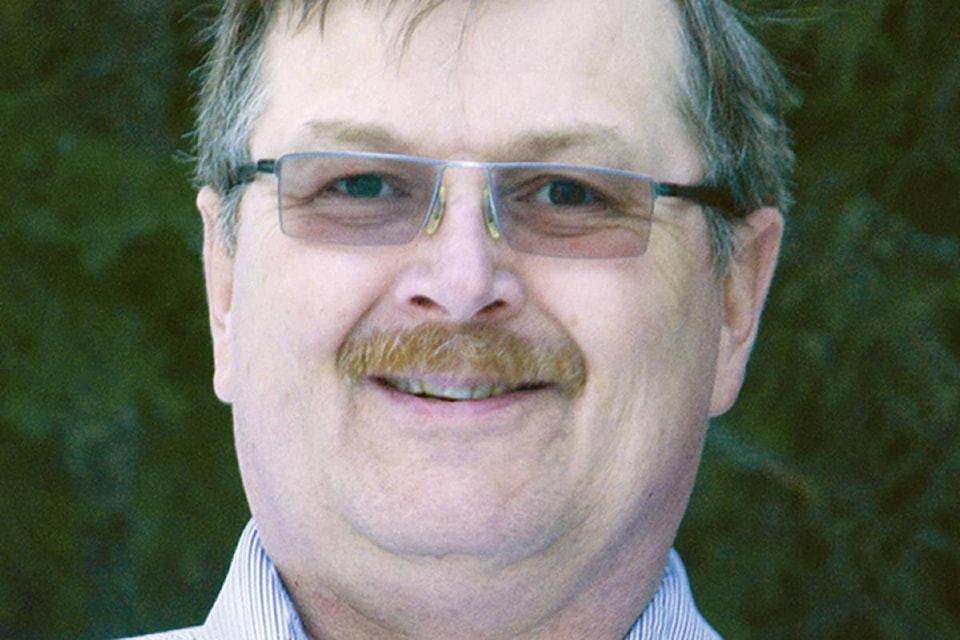Canada and Finland may not have a lot in common but one thing we both face is an annual bout of Artic weather. One of the oldest cultures on the Northern European continent, archeologists estimate the arrival of the Finns predecessors as some 10,000 years ago, shortly after the last ice age.
Dealing with cold climates has by necessity, made them an innovative people who have mastered the massive challenges imposed by long cold artic winters.
Being almost landlocked, as the depths of winter freezes the Gulf of Finland and the Baltic Sea, and having no hydrocarbon resource of their own requires some inventive technologies. Aker Artic designed the world’s first “double acting” ice breaking oil tanker that keeps Finland’s fuel supply available year round.
It sails forward in open waters, and astern in brutal ice conditions. It operates, utilizing propellers mounted on ABB’s azipods, to cut a channel through the ice. This double acting innovation addresses the thick ice issues normal ice breakers couldn’t.
The problem of not having a natural hydrocarbon resource is just one serious question currently being addressed by Finnish scientists, and additionally, they are using their expertise to simultaneously mitigate global warming issues.
Creating their own system for using atmospheric carbon dioxide as fuel, they intend to produce their own liquid energy supplies, and eliminate a further increase in the level of atmospheric carbon by employing “carbon recycling.”
The VVT Technical Research Centre of Finland, in conjunction with the Lappeenranta University of Technology (LUT), is building a pilot plant to produce this “crude oil substitute”.
With the use of fossil fuels being phased out over the next 30-plus years, an alternate form will be needed for the production of the plastics and petrol that will be required in areas where EV and electricity cannot provide the requisite supply.
Identified as the “Soletair demo plant”, it is the first to have the entire process chain located in the same facility.
All required electricity will come from the LUT’s own solar power plant, the carbon dioxide/ambient air separation facility, the electrolysis unit for the necessary hydrogen production, and the Fischer-Tropsch synthesis equipment for making hydrocarbon from the recovered hydrogen and C02.
The basis of operation is simple. The photovoltaic array will provide the power for separating the C02 from ambient air, the electricity to split the hydrogen from water, as well as supply the energy to synthesise “blue” fuel.
The main goal is to establish feasibility, and fine tune the entire process for maximizing output while minimizing energy expenditure.
With a target of only 200 litres of fuel initially, this limited supply will be used to research the optimization of the entire processing system.
Modular design, in the final product, will allow for adding components to match output requirements, effectively sizing the plant for the community it will serve.
Imagine if Alberta utilized this technology to supplement and enhance its natural hydrocarbon supplies. It would help us to move toward the future, securing our grandchildren’s prospects.
You can find Lorne Oja at lorne@solartechnical.ca
